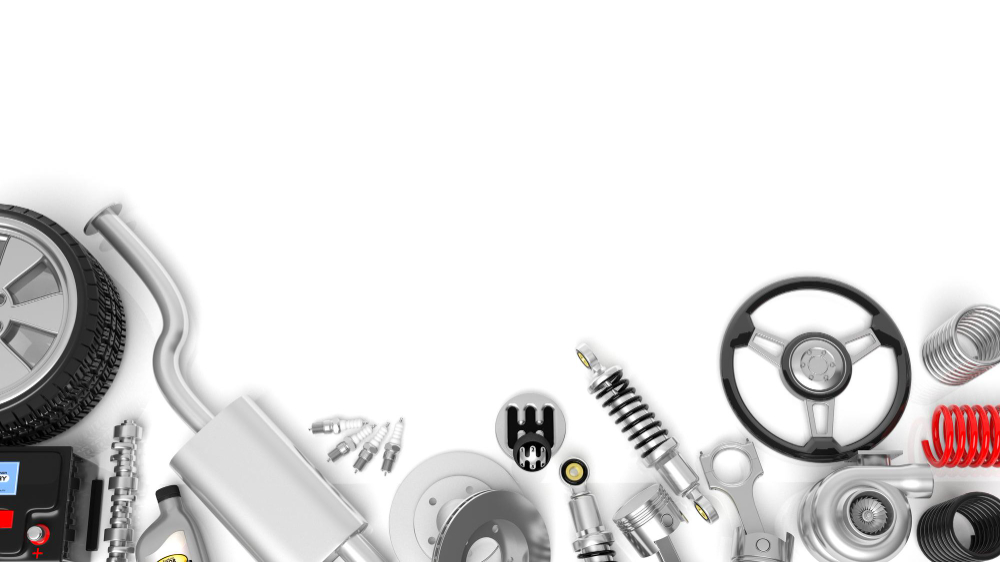Automotive Excellence: How Parts Suppliers Shape the Future of Mobility

Behind every innovative vehicle, whether it’s an electric car, a commercial fleet, or a high-performance sports model, lies a complex ecosystem of parts suppliers. From OEM and aftermarket providers to Tier 1 and Tier 2 suppliers, these stakeholders are the backbone of the automotive industry. For CIOs and CTOs, understanding and optimizing this supply chain is critical to driving operational efficiency, innovation, and sustainability.
This article explores the pivotal roles these suppliers play in the automotive landscape, the innovations they bring, and how technology-driven strategies like Virtual Delivery Centers (VDCs) can empower CIOs and CTOs to manage this intricate ecosystem effectively.
Original Equipment Manufacturer (OEM) parts form the foundation of vehicle reliability and performance. These components are crafted with precision to ensure seamless integration into vehicles, enhancing safety and efficiency.
Why OEM Parts Matter
Precision Engineering: Tailored to automakers’ exact specifications, ensuring unmatched compatibility.
Innovation Partnerships: OEMs collaborate with automakers to develop cutting-edge technologies, such as electric drivetrains and ADAS systems.
Example: Bosch, a leader in the OEM space, is renowned for its adaptive cruise control systems and electric motors, setting benchmarks in both performance and safety.
Aftermarket parts empower vehicle owners to customize and maintain their vehicles long after purchase, contributing to both sustainability and personalization.
Key Benefits
Sustainability: Recycled and remanufactured parts reduce environmental impact.
Customization: High-performance components, such as those from HKS, cater to automotive enthusiasts seeking unique upgrades.
Emerging Trend: E-commerce platforms are transforming the aftermarket sector, democratizing access to parts and offering transparency in pricing and availability.
Tier 1 suppliers bridge the gap between automakers and technological innovation, often leading the charge in electrification and connectivity.
Innovative Contributions
Advanced Systems: Solutions like ADAS and connected car platforms redefine vehicle safety and convenience.
Electrification: Lightweight electric powertrains and battery management systems improve vehicle performance and sustainability.
Case Study: ZF Friedrichshafen’s modular e-drive systems are a testament to how Tier 1 suppliers enable scalable electric vehicle solutions.
Tier 2 suppliers may operate behind the scenes, but their contributions to material innovation and cost efficiency are indispensable.
Role in the Supply Chain
Material Innovation: Advanced composites and recycled aluminum alloys reduce weight and carbon footprints.
Collaborative R&D: Partnerships with Tier 1 suppliers drive innovations in autonomous and electric vehicle technologies.
Anecdote: A Tier 2 supplier’s innovation in recycled aluminum alloys significantly reduced the environmental impact of a major EV manufacturer’s battery casing.
As automotive supply chains become increasingly complex, Virtual Delivery Centers (VDCs) offer CIOs and CTOs a transformative solution to streamline operations, drive innovation, and mitigate risks.
1. On-Demand Expertise
VDCs connect organizations with specialists in materials science, IoT, and electrification, enabling rapid deployment of innovation projects without long-term commitments.
2. Digital Transformation
Through AI-powered analytics and blockchain technology, VDCs help streamline supplier collaborations, ensuring transparency, traceability, and efficiency in the supply chain.
3. Cost Optimization
By leveraging global talent and advanced automation tools, VDCs reduce the overheads associated with in-house R&D and supply chain management.
4. Scalability
VDCs allow automotive leaders to scale resources up or down based on project demands, ensuring agility in response to market dynamics.
5. Sustainability Initiatives
Partnering with VDCs ensures access to experts in green manufacturing and recycling practices, aligning supply chains with environmental goals.
Parts suppliers are the lifeblood of the automotive industry, enabling advancements in technology, sustainability, and performance. For CIOs and CTOs, leveraging these contributions through strategic partnerships and digital transformation is key to staying ahead in a rapidly evolving market.
With solutions like Virtual Delivery Centers, automotive leaders can unlock the full potential of their supply chains, driving innovation and resilience while meeting the demands of the future.
Are you ready to leverage Virtual Delivery Center model?

For modern telecom enterprises, delivering exceptional QoS is no longer optional—it’s a brand differentiator and a strategic lever for growth. Static provisioning models won’t cut it in a world of hyper-dynamic data usage.